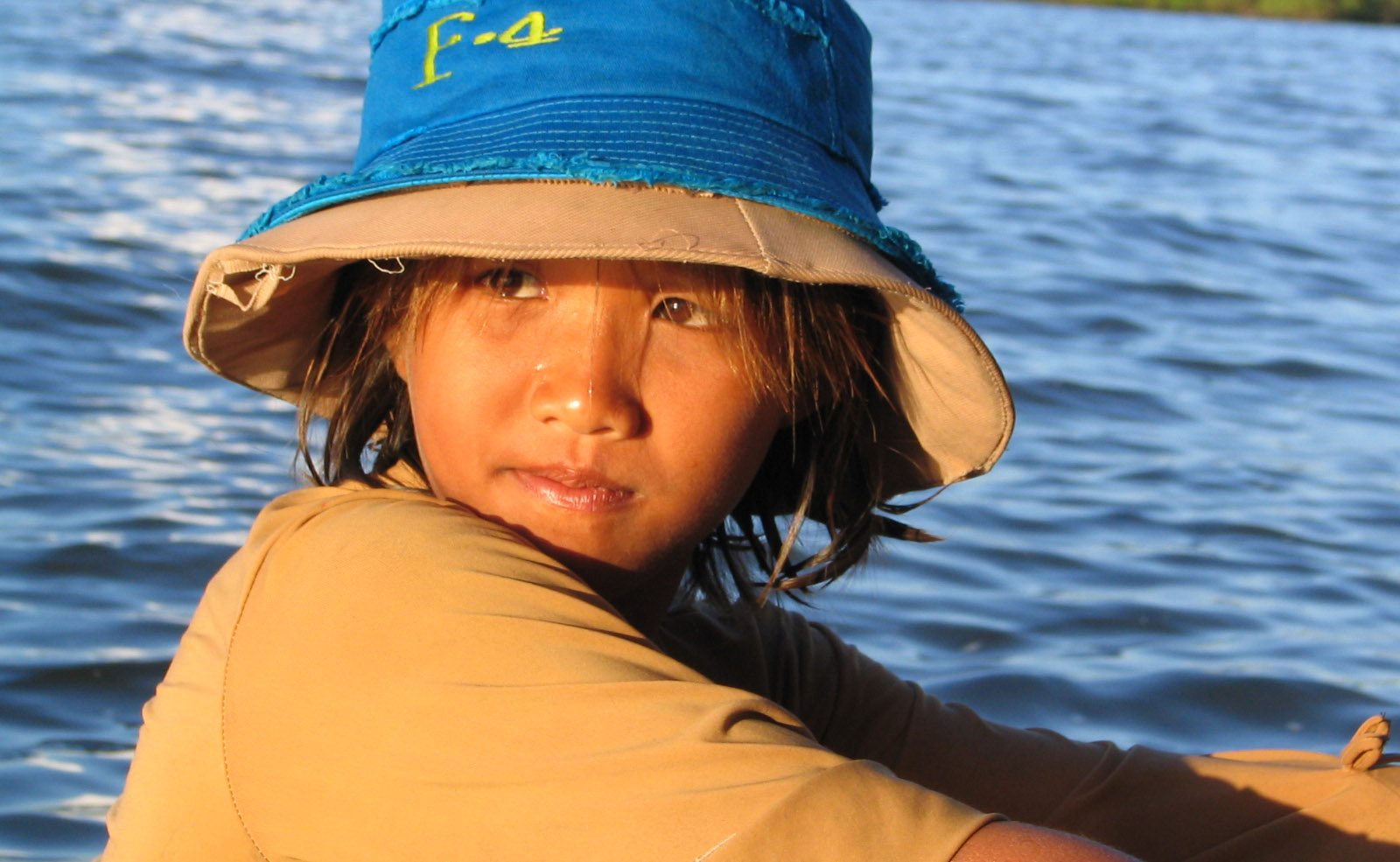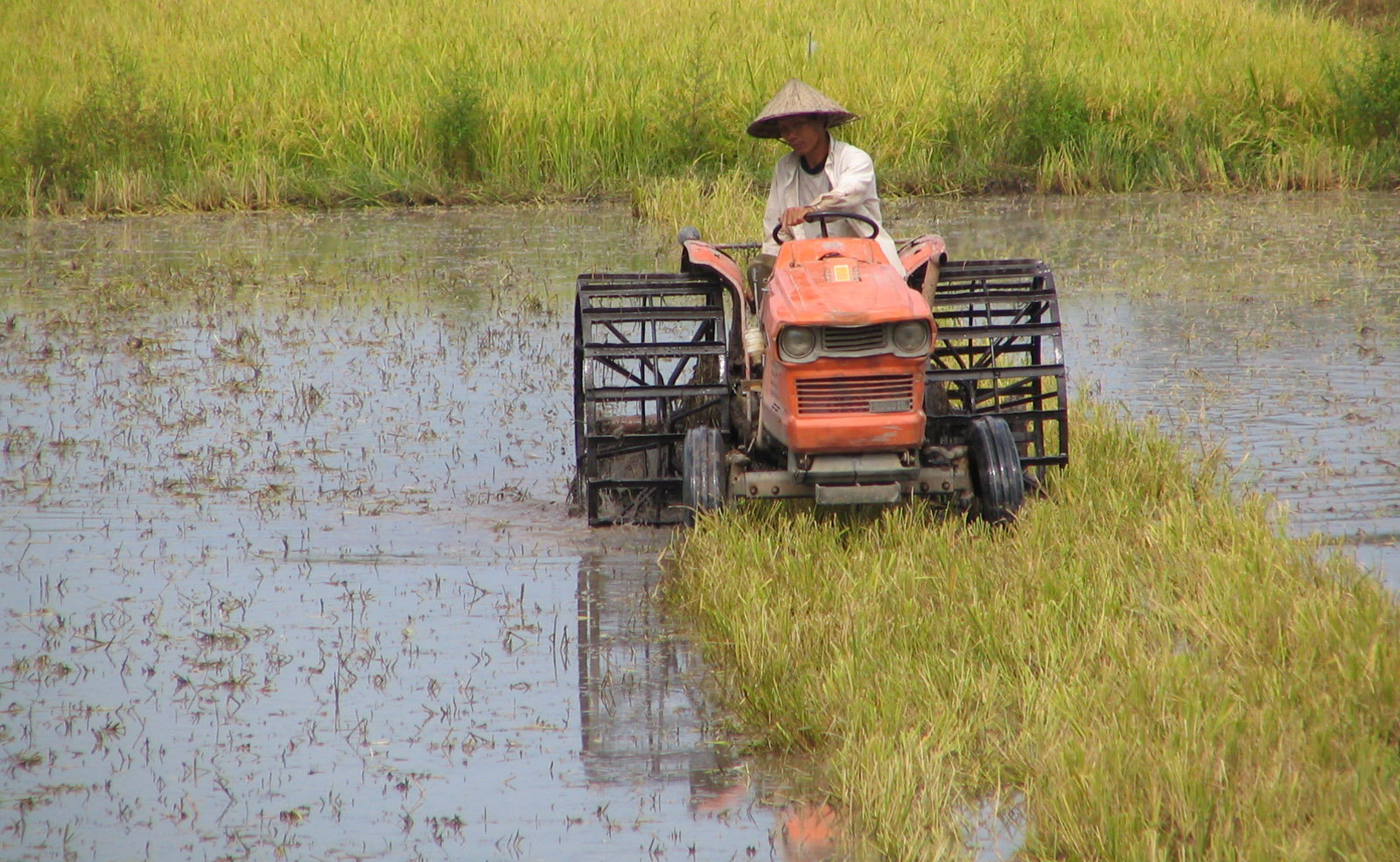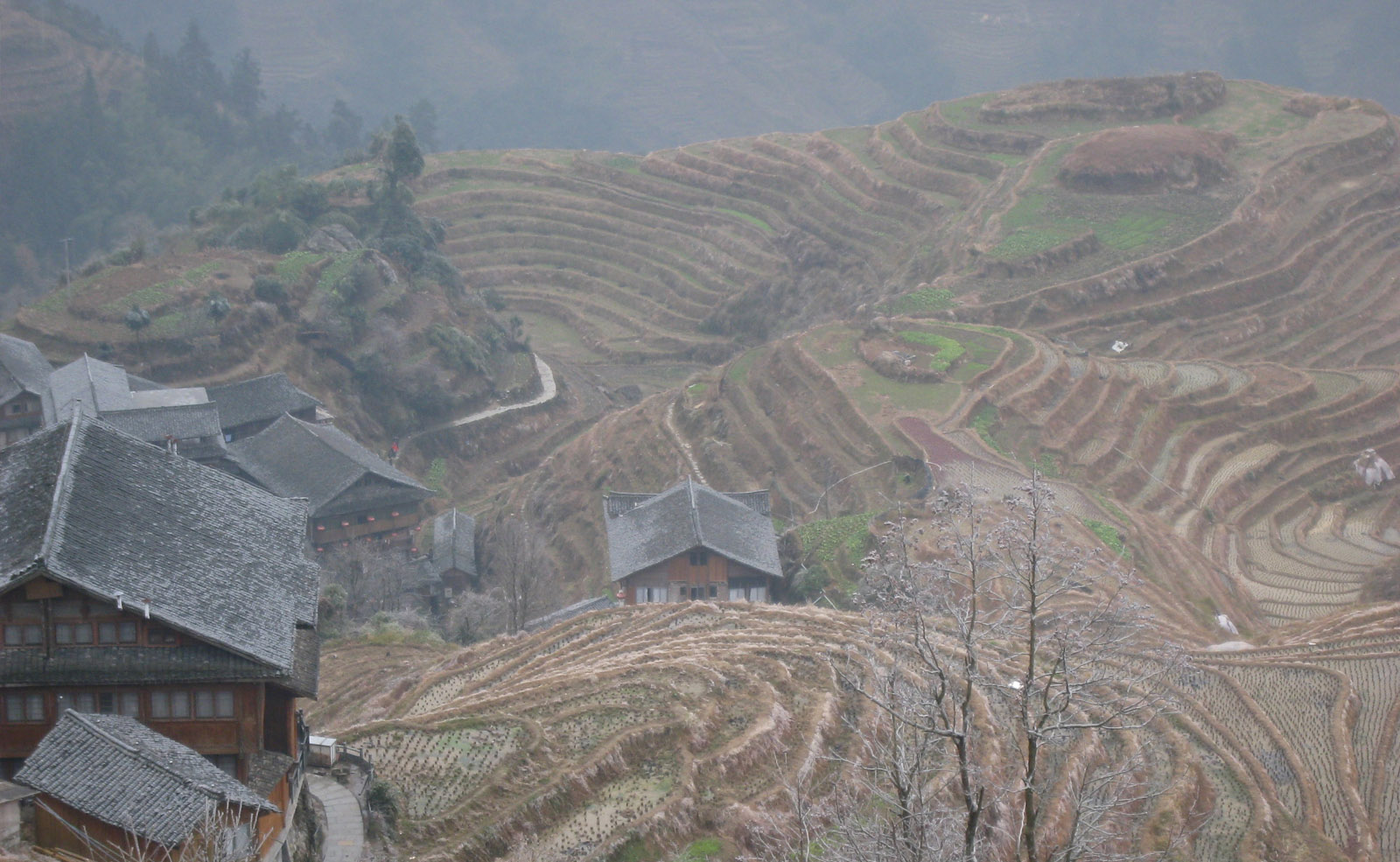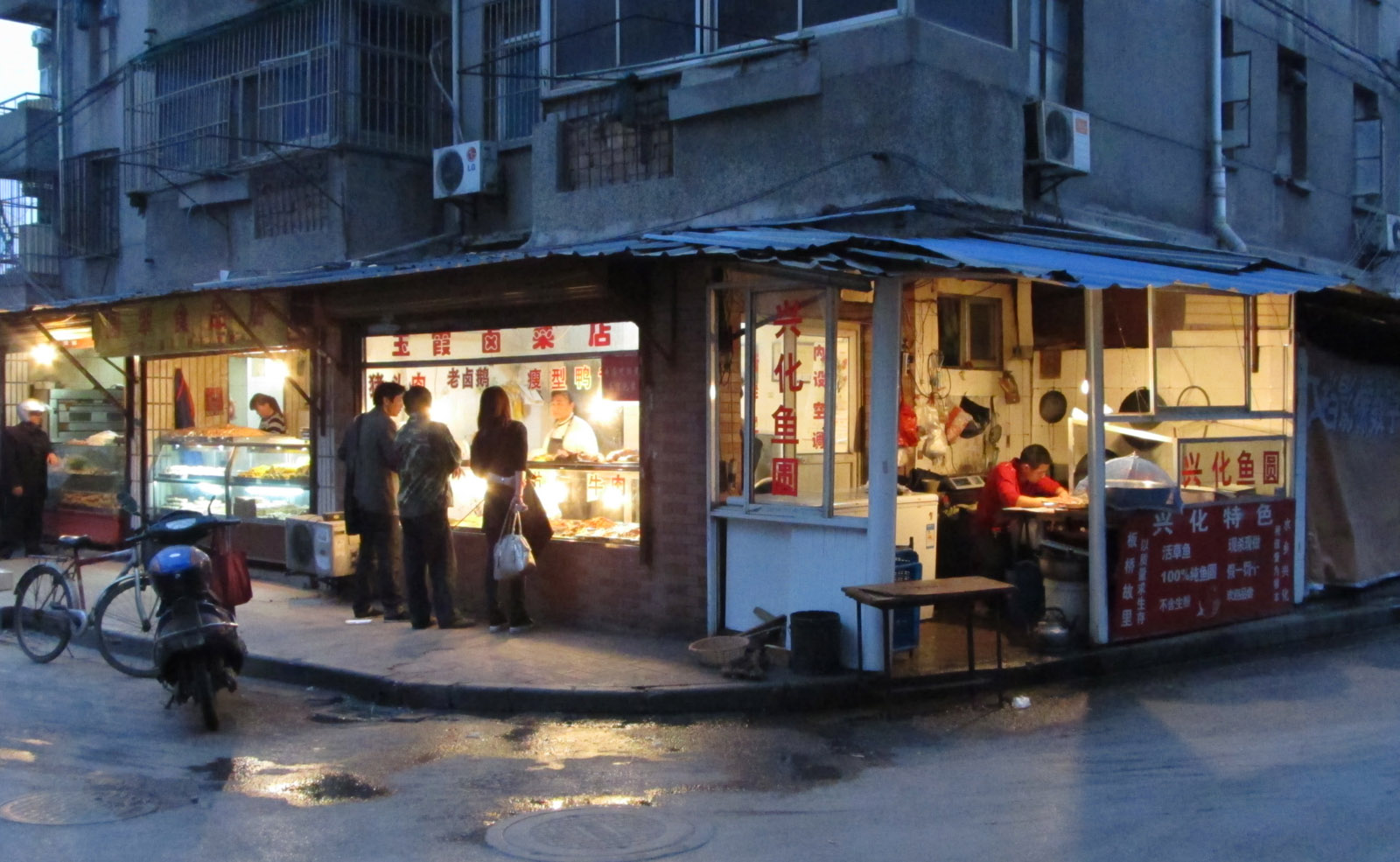Sustainable food futures within safe operating spaces – SOS.aquaterra

The project is motivated by the grand challenge of how to meet the future food demand while staying within local and global safe operating spaces for exploited natural systems under rapid population growth and societal change. Project is funded by H2020 ERC CoG grant.
Although the human population has quadrupled over the past century, per capita food availability is globally higher than ever – at the expense of the environment, as demonstrated by e.g. widespread water scarcity and land degradation, rising CO2 levels and unprecedented rate of biodiversity loss. Projected population growth and climate change will further add to the challenge of feeding the planet sustainably.
SOS.aquaterra takes up this challenge by identifying socio-economically feasible measures to meet future food demand which respect the key planetary boundaries for food production: water, land, nutrients and biosphere integrity. We develop a novel integrated modelling framework and data analysis methods that exploit the rapidly increasing open global spatio-temporal datasets together and outputs from global agrological and hydrological models.
Instead of assessing planetary boundaries (PBs) separately, our approach recognizes the interactions, feedbacks and potential trade-offs between the PB processes. The second novelty of the SOS.aquaterra project, is an integrated food system model., which aims for systemic understanding of the entire global food system including trade. With our integrated modelling system we will be to estimate, for the first time, the combined potential of conventional measures (diet change, food loss reduction, yield gap closure, trade) and future innovations (e.g. vertical farming, alternative protein sources) to sustainably meet the future food demand at sub-national level.
Objectives and expected outcome
1. develop a comprehensive and integrated model to estimate local thresholds for water-land- nutrient-biosphere integrity planetary boundaries and to quantify the safe operating space in future conditions
2. quantitatively assess the combined potential of innovative and conventional food opportunities within the safe operating space defined by the PBs
3. to assess the feasibility of future food opportunities by using information on how food solutions have been used in the past
Funding:
This project has received funding from the European Research Council (ERC) under the European Union’s Horizon 2020 research and innovation programme (Grant agreement No. 819202)
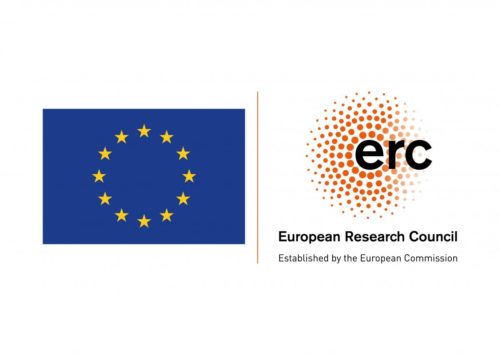
Researchers:
News:
Contact information:
Publications:
2020
Gerten D, Heck V, Jägermeyr J, Bodirsky BL, Fetzer I, Jalava M, Kummu M, Lucht W, Rockström J, Schaphoff S, Schellnhuber HJ. Feeding ten billion people is possible within four terrestrial planetary boundaries. Nature Sustainability. https://doi.org/10.1038/s41893-019-0465-1
Gleeson, T., Wang‐Erlandsson, L., Porkka, M., Zipper, S.C., Jaramillo, F., Gerten, D., Fetzer, I., Cornell, S.E., Piemontese, L., Gordon, L.J., Rockström, J., Oki, T., Sivapalan, M., Wada, Y., Brauman, K.A., Flörke, M., Bierkens, M.F.P., Lehner, B., Keys, P., Kummu, M., Wagener, T., Dadson, S., Troy, T.J., Steffen, W., Falkenmark, M., Famiglietti, J.S., 2020a. Illuminating water cycle modifications and Earth system resilience in the Anthropocene. Water Resources Research 56, e2019WR024957. https://doi.org/10.1029/2019WR024957
Gleeson, T., Wang-Erlandsson, L., Zipper, S.C., Porkka, M., Jaramillo, F., Gerten, D., Fetzer, I., Cornell, S.E., Piemontese, L., Gordon, L.J., Rockström, J., Oki, T., Sivapalan, M., Wada, Y., Brauman, K.A., Flörke, M., Bierkens, M.F.P., Lehner, B., Keys, P., Kummu, M., Wagener, T., Dadson, S., Troy, T.J., Steffen, W., Falkenmark, M., Famiglietti, J.S., 2020b. The Water Planetary Boundary: Interrogation and Revision. One Earth 2, 223–234. https://doi.org/10.1016/j.oneear.2020.02.009
Heslin, A., Puma, M.J., Marchand, P., Carr, J.A., Dell’Angelo, J., D’Odorico, P., Gephart, J.A., Kummu, M., Porkka, M., Rulli, M.C., Seekell, D.A., Suweis, S., Tavoni, A., 2020. Simulating the Cascading Effects of an Extreme Agricultural Production Shock: Global Implications of a Contemporary US Dust Bowl Event. Front. Sustain. Food Syst. 4. https://doi.org/10.3389/fsufs.2020.00026
Kummu, M., Kinnunen, P., Lehikoinen, E., Porkka, M., Queiroz, C., Röös, E., Troell, M., Weil, C., 2020. Interplay of trade and food system resilience: Gains on supply diversity over time at the cost of trade independency. Global Food Security 24, 100360. https://doi.org/10.1016/j.gfs.2020.100360
Niva V, Cai J, Taka M, Kummu M, Varis O. China’s sustainable water-energy-food nexus by 2030: Impacts of urbanization on sectoral water demand. Journal of Cleaner Production. https://doi.org/10.1016/j.jclepro.2019.119755
Zipper, S.C., Jaramillo, F., Wang‐Erlandsson, L., Cornell, S.E., Gleeson, T., Porkka, M., Häyhä, T., Crépin, A.-S., Fetzer, I., Gerten, D., Hoff, H., Matthews, N., Ricaurte‐Villota, C., Kummu, M., Wada, Y., Gordon, L., 2020. Integrating the Water Planetary Boundary With Water Management From Local to Global Scales. Earth’s Future. https://doi.org/10.1029/2019EF001377
2019
Varis, O., Taka, M., Kummu, M., 2019. The Planet’s Stressed River Basins: Too Much Pressure or Too Little Adaptive Capacity? Earth’s Future 7, 1118–1135. https://doi.org/10.1029/2019EF001239


